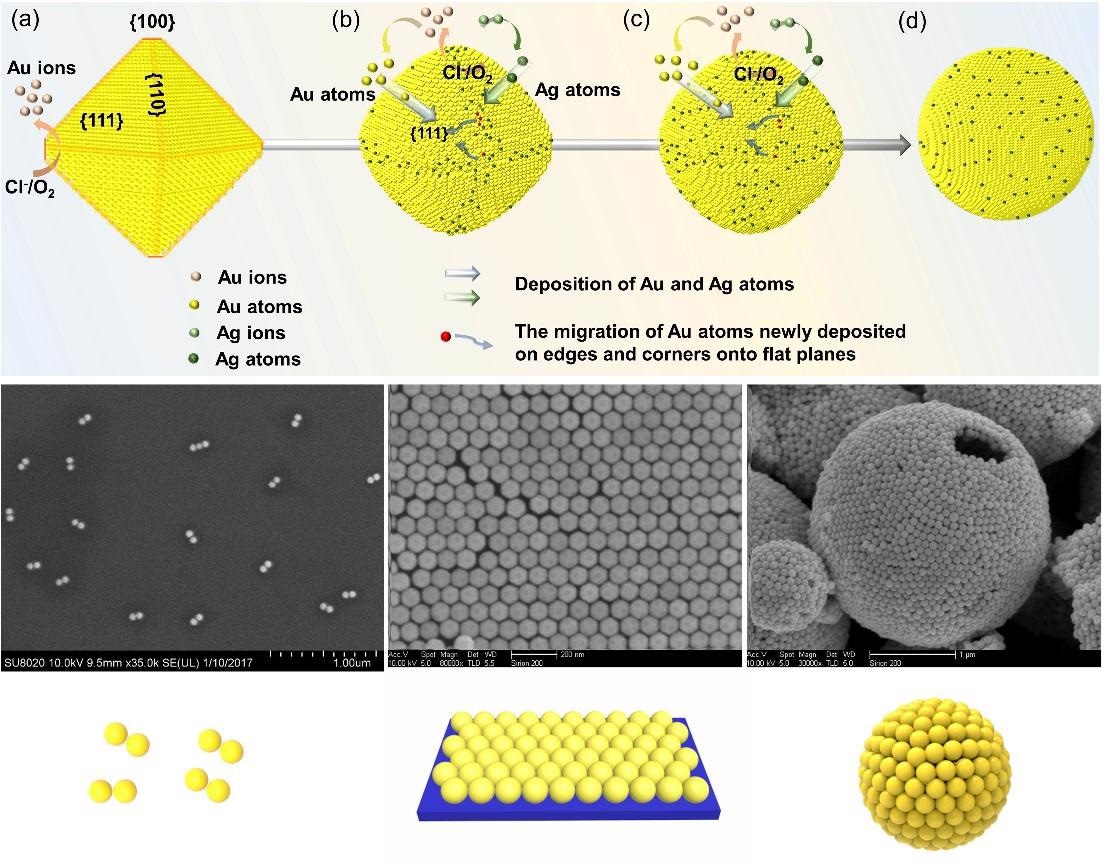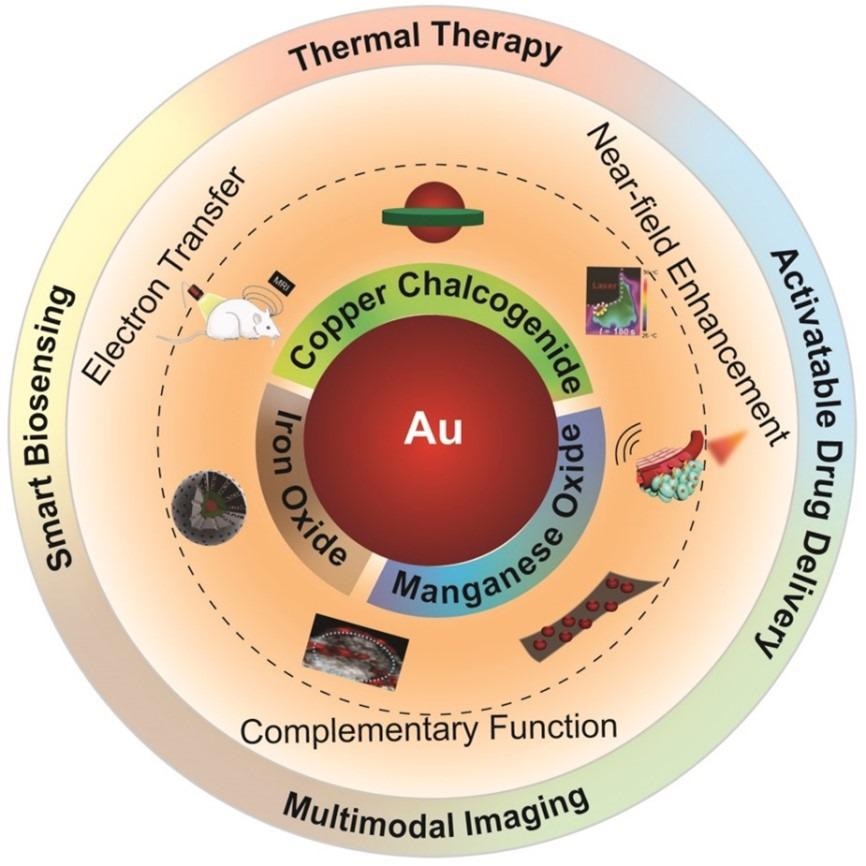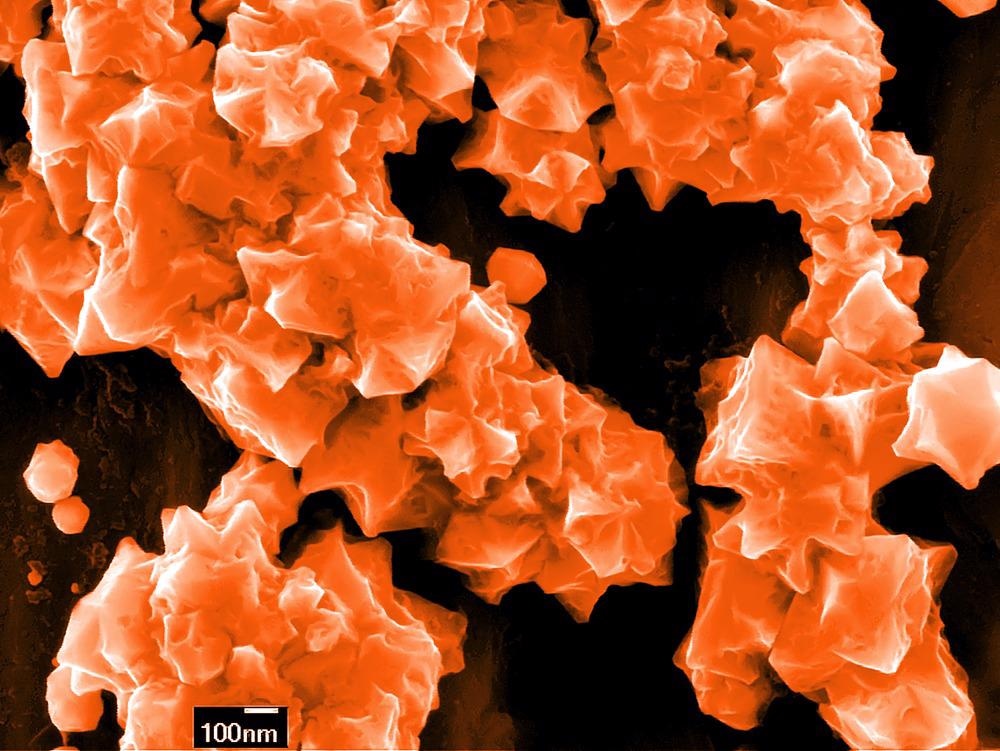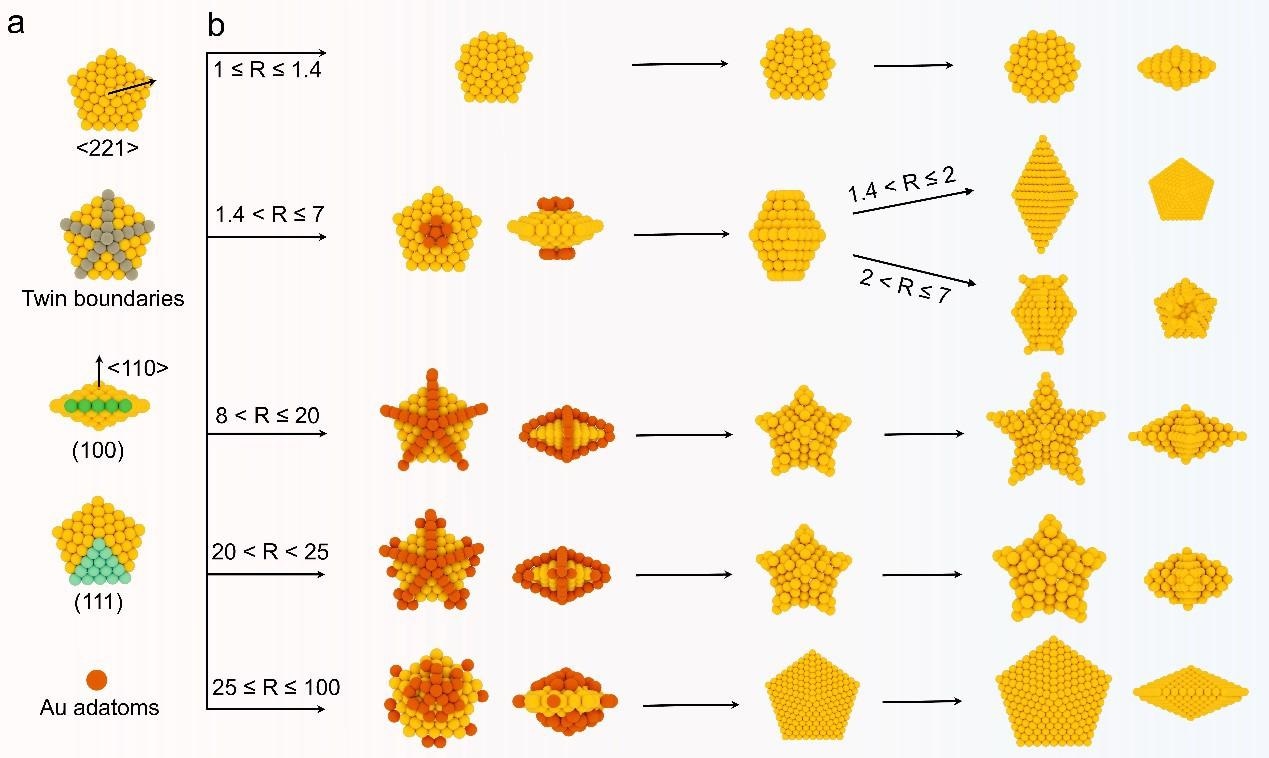We speak with Dr. Tao Zhang from the Institute of Solid States Physics about his involvement in research that has developed a general method for the kinetically controlled synthesis of gold penta-twinned nanocrystals in one system. With these insights, a universal approach to the synthesis of nanocrystals could be achieved.
Please could you introduce yourself and tell us what inspired your career in nanomaterials?
I am a postdoctoral researcher at the Institute of Solid States Physics (ISSP), Hefei Institutes of Physical Science (HFIPS), Chinese Academy of Sciences (CAS). I received my Ph.D. degree in 2019 from the University of Science and Technology of China, under the supervision of Prof. Yue Li from HFIPS, CAS.
In the same year, I was supported by the International Postdoctoral Exchange Fellowship and studied in the Nanyang Technological University (NTU), Singapore.
My research interest mainly focuses on the controlled synthesis of noble/non-noble metal-based nanomaterials for optical/electrochemical applications. Nanomaterials are fascinating but hard to control; you can feel them but can't see them with the naked eye.
Therefore, a great curiosity drives me to explore them, control them, and develop their potential applications.
How did you begin your involvement with nanocrystals?
When I was a postgraduate, Prof. Li led me to step into this research field. Since then, I realized the nano-world is as diverse as the macro-world we live in.
My first task was to synthesize the gold nanospheres with an ultra-smooth surface used in self-assembly. It is extremely difficult to achieve this goal, but it brings me huge confidence for further exploration in nanomaterials.

Image Credit: Dr. Tao Zhang/Institute of Solid States Physics
Could you provide a brief explanation of the significance of gold nanocrystals in the field of nanotechnology?
Gold nanocrystals are a kind of plasmonic nanomaterial, which have attracted considerable attention in recent decades due to their unique size- and shape-dependent localized surface plasmon resonance (LSPR) properties.
These intriguing properties offer the promise of enabling significant applications in many fields. This includes surface-enhanced Raman scattering (SERS), biomedicine, thermotherapy, and photocatalysis, especially in NIR-related applications.

Application in Biomedicine. Image Credit: Ding, X., Li, D. and Jiang, J., (2020).
Why is it important to establish a controlled synthesis methodology for gold nanocrystals? How does this help to further their industrial applications?
Nanostructural control is an essential issue in materials chemistry as it helps to bring out unique chemical and physical properties.
As mentioned above, gold nanocrystals are extremely sensitive to shape and size.
Thus, a controlled synthesis methodology can ensure the high purity and mass production of gold nanocrystals, allowing us to achieve reliable collective optical property with high quality.
It's also of vital importance for further industrial applications because of large-scale production.
A large focus of your research was to promote the diverse growth of penta-twinned nanocrystals in one system. Why is this diversity important?
The diversity of penta-twinned NCs in one system may lead to a clearer understanding of a universal growth mechanism by avoiding complex changes in surfactants and foreign metal ions.
This superiority will sufficiently harness their shape- and size-based plasmonic properties, simplify the fabrication process, and achieve a generic growth mechanism and reproducible preparation.

Image Credit: Georgy Shafeev/Shutterstock.com
Fine kinetic control of seeded growth is a significant obstruction to promoting nanocrystal diversity. How did you approach this problem?
Fine kinetic control is indeed a tough problem in seeded growth. We familiarised ourselves with reaction temperature, reduction ability of reductants, the concentration of precursors, and pH value.
Did the researchers encounter any other obstacles in this research?
There are a thousand Hamlets in a thousand people's eyes. For me, the obstacle is to gain insights into the growth process and extend their applications.
Could you explain the main differences between the seven penta-twinned gold nanocrystal types? Are any of these types of particular interest?
The seven penta-twinned gold nanocrystal types are all evolved from gold decahedral seeds. The main difference is the growth direction tuned by R-value. For example, Au BPs grows along <110> direction, while Au star along <221> direction.
Considering the practicality, Au BPs can be used in NIR-induced hot electron excitation, surface-enhanced spectroscopy, and biomedicine.
Part of your general synthesis strategy involved adjusting the R-value, which enabled atom deposition sites to be modulated.

Image Credit: Dr. Tao Zhang/Institute of Solid States Physics
Will the methodology be adjusted when applying this method to other nanocrystals, such as silver NCs?
The R-value is a guideline for the nanocrystal growth on penta-twinned gold seeds. As the reduction potential of silver ions is different from gold ions, we should control the reaction temperature or the concentration of the reductant to moderately tune the growth kinetics.
What are the next steps for this field of research?
Thousands of researchers have done lots of excellent work on gold nanocrystals. The next steps, I think, are mass production in a highly controllable manner. Practical applications are our ultimate goal for scientific research, so exploration of practical use will also be a future goal.
What aspect of this research do you find personally exciting?
The growth mechanism; in my mind, a clear growth mechanism forms the foundation for controlled synthesis because it can give us a guideline and help to approach the synthesis of other families of NCs.
Where can our readers go to see the progression of seeded nanocrystal synthesis research?
I recommend using the 'web of science', where you can type keywords and look for a particular topic.
About Dr. Tao Zhang

Dr. Tao Zhang received his Ph.D. degree in 2019 from the University of Science and Technology of China. He is a postdoctoral researcher in the Institute of Solid States Physics (ISSP), Chinese Academy of Sciences (CAS). He has been supported by the International Postdoctoral Exchange Fellowship (2019) and studied in the Nanyang Technological University (NTU), Singapore, and is now a review editor for Frontier in Colloidal Materials and Interfaces.
His research interest mainly focuses on the controlled synthesis of noble/non-noble metal-based nanomaterials for optical/electrochemical applications. Apart from exploring the general strategy of kinetically controlled seed-mediated growth to synthesize a family of penta-twinned Au NPs (Chem. Sci., 2021,12, 12631), he prefers to give insights into the growth mechanism in material growth (Chem. Mater. 2021, 33, 2593) and explore the application of nanomaterial in biomedicine (Theranostics, 2021, 11, 10001).
He has also demonstrated nitrogen incorporation can effectively regulate the intrinsic electronic structure of highly symmetric crystal structure with structural phase stability and thus promote electrocatalytic activity (Angew. Chem. Int. Ed. 2021, 60, 2157).
Research: A universal route with fine kinetic control to a family of penta-twinned gold nanocrystals.
Disclaimer: The views expressed here are those of the interviewee and do not necessarily represent the views of AZoM.com Limited (T/A) AZoNetwork, the owner and operator of this website. This disclaimer forms part of the Terms and Conditions of use of this website.